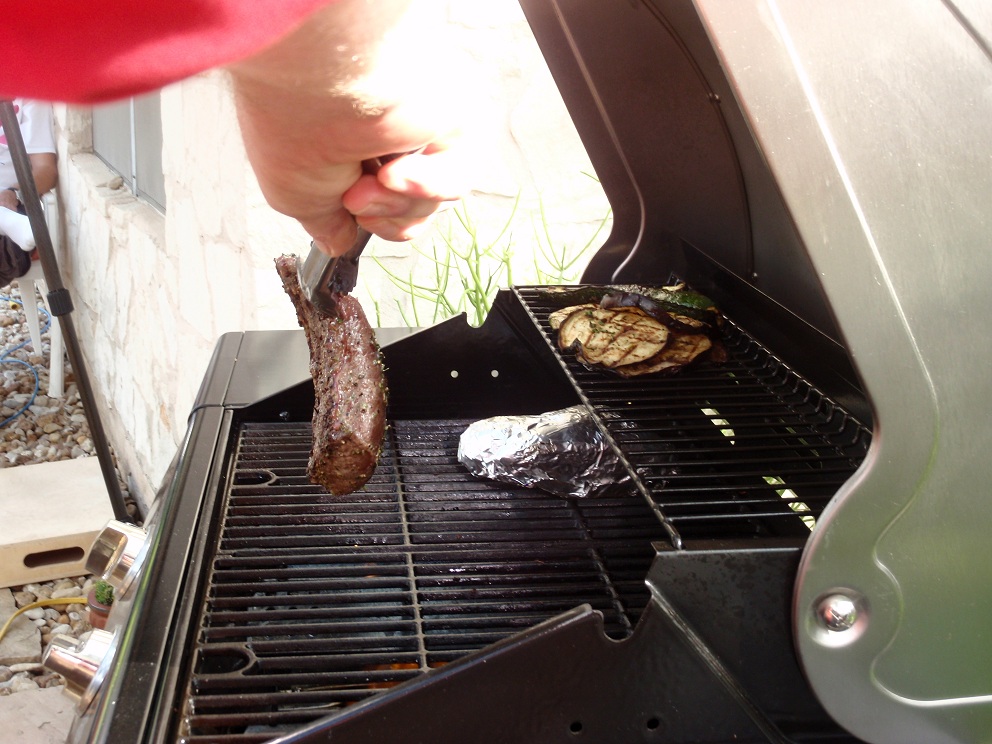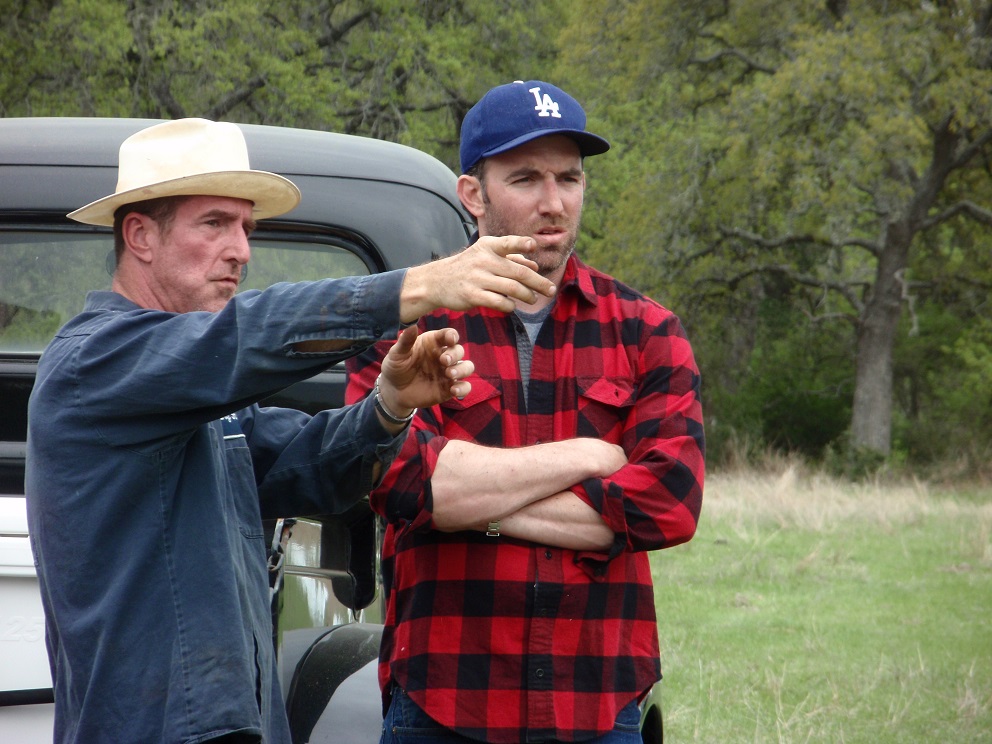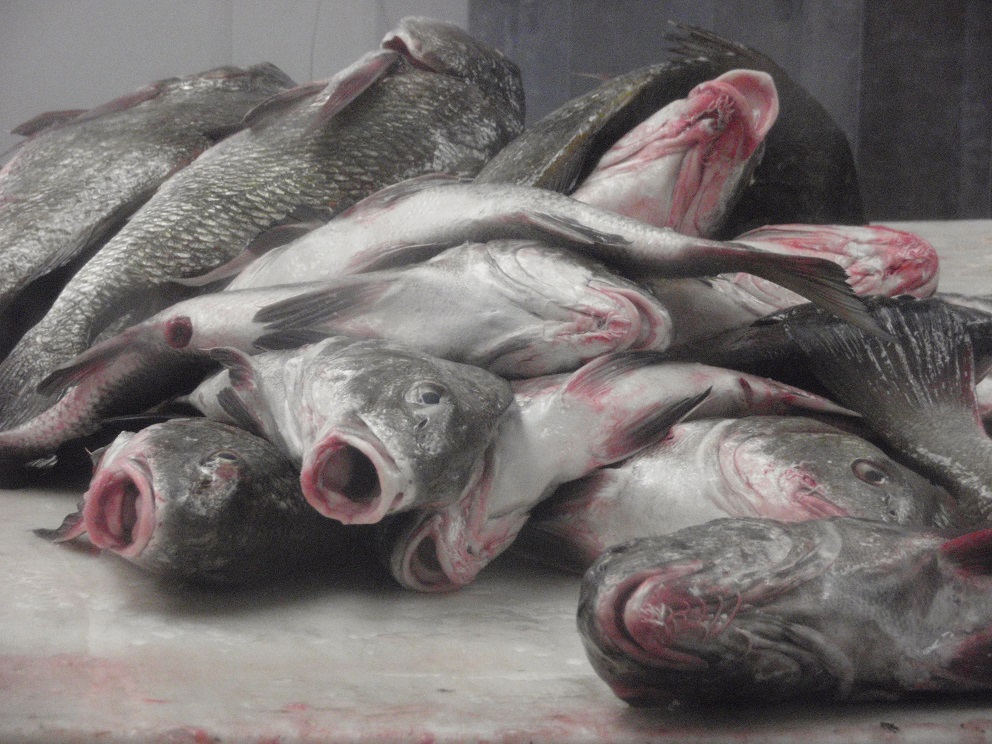
Grilling venison loin.
This is Passport to Texas
Before domestication of livestock, wild game was the primary protein for humans on both side of what is now the Mexican border. In Mexico, venison was of particular importance.
15—Venison is especially important in a ritual sense as well as a culinary sense.
Karen Hursh Graber is senior Food Editor of the internet magazine Mexico Connect.
17—The word ‘venison’ in English, and the word ‘venado’ in Spanish – are both from the Latin word ‘venari’, which is the verb ‘to hunt.’ So, what’s pretty impressive that the word for deer is the same as the word for hunt. It just shows the symbolic hunting imagery of deer in both cultures.
Unlike Americans, Hursh-Graber says Mexicans are more sparing in their use of venison – and all meat – in recipes: such as Salpicon De Venado.
16—Instead of serving a huge hunk of meat, they’ll serve small pieces, and put it in a taco or in a stew. Salpicon is like a cold meat salad – it’s a venison salad. It’s dressed with herbs and spices and they serve it is tacos.
Find Karen Hursh Graber’s recipe for Cold Venison Salad at passporttotexas.org for a new way to prepare the venison you harvest this season.
For Texas Parks and Wildlife…I’m Cecilia Nasti.
_______________________________________________
Shredded Venison Salad: Salpicon De Venado
by Karen Hursh Graber © 2005
http://www.mexconnect.com/articles/2381-shredded-venison-salad-salpicon-de-venado
This dish is found on restaurant menus throughout Mexico, but particularly in the western part of the country and in the Yucatan, where it is called zic de venado. This recipe is a good buffet dish, to be piled on tostadas or served with warm tortillas and habanero salsa. It makes an attractive presentation served on a bed of mesclun greens. Following are two variations on the traditional recipe, one savory and one sweet-and-hot.
Ingredients:
- 2 pounds venison, cooked and shredded (venison is lean and shreds nicely, like flank or skirt steak)
- juice of 4 bitter (Seville) oranges or use half sweet oranges and half limes
- 1/2 cup finely chopped cilantro
- 1/2 red onion, peeled and finely chopped
- 1/2 cup finely chopped radishes
- salt to taste
Preparation:
Place the venison in a non-reactive bowl (glass or plastic). Mix the remaining ingredients and let them rest for 15 minutes to combine the flavors. Add the mixture to the venison and serve immediately or refrigerate and bring to room temperature at serving time.
Serves 8-10 as part of a multi-course buffet or as an appetizer.
Variation I:
Omit the radishes and add ½ cup chopped green olives and 1 firm-ripe avocado, diced.
Variation II:
Omit the radishes and add 1 green mango, diced, 1 diced plantain and 2 (or more, to taste) Serrano chiles, seeded and diced.







 Passport to Texas is a
Passport to Texas is a  Passport to Texas is made available by:
Passport to Texas is made available by: